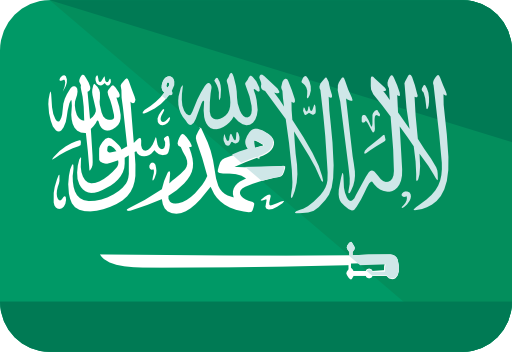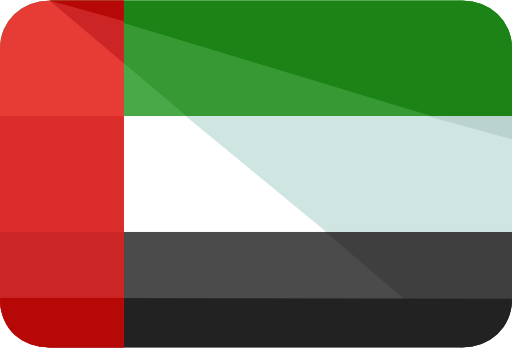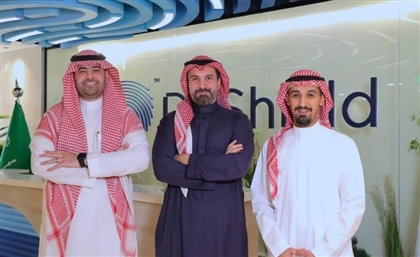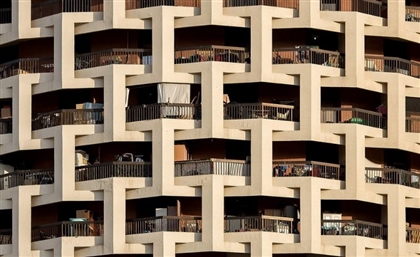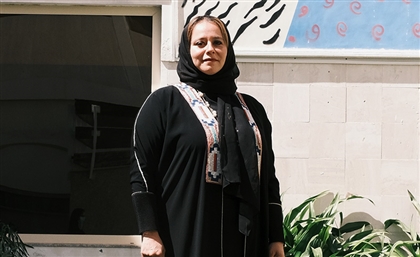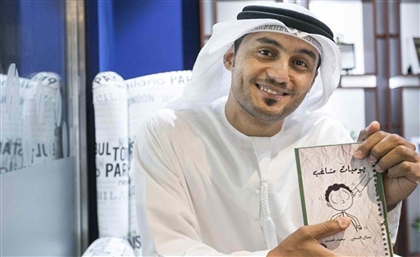Designing a Riyadh That Doesn’t Grow Old
We speak with Dr. Waleed Al Zamil, Professor of Urban Planning at King Saud University, who has long championed a human-centred approach to city development.
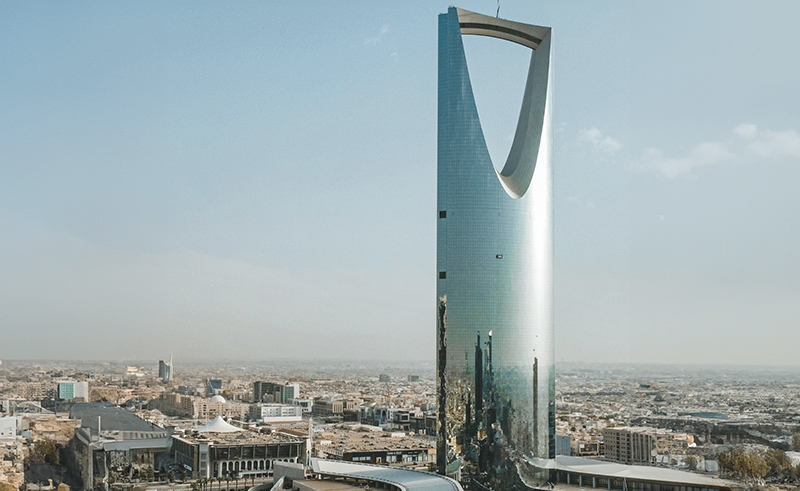
In the 1930s, American industrialist Henry Ford set out to build a perfect city in the middle of the Amazon. It was called Fordlândia, an attempt to create a rubber-producing town that would mirror American values, complete with tidy houses, paved roads, and hamburgers in the canteen.
But the forest resisted. The soil wasn’t suited to rubber trees, the workers clashed with imported rules, and the town quickly fell apart. Fordlândia became a cautionary tale: a city designed without understanding its people or its place.
Decades later, Brazil tried again in the same region, this time with better maps and modern ideals. But the result was much the same.
Urban planning, it turns out, isn’t just about roads, grids and buildings. It’s about understanding how people live, what they need and how communities grow over time.
So, whether in the jungles of Brazil or the deserts of Arabia, the question persists: are we building for people, or are we drawing lines on paper?
At the edge of Riyadh, where broad boulevards carve into desert land and sleek façades rise in formation, Saudi Arabia is visibly in motion. Yet motion alone does not make a city. Nor does scale, or speed.
We spoke to Dr. Waleed Al Zamil, Professor of Urban Planning at King Saud University, who has long championed a human-centred approach to city development. In this in-depth conversation, he reflects on the future of Saudi cities - from housing reform and spatial justice to participatory planning and preserving cultural identity amid rapid modernisation.
You’ve stated that “developing the physical environment can lead to human development.” But in cities like Riyadh and Jeddah, do you see that development taking a genuinely human-centred direction - or is it still fundamentally material and investment-driven?
Urban planning is not meant to treat the city as a purely physical entity, but rather as a “social stage.” In planning, we aim to understand the latent resources within cities and optimise their use over time to serve the public good. That means adapting the built environment - including residential neighbourhood layouts - to meet human needs and quality of life. The goal isn’t merely to provide a place for people to live, but to foster community development and better living standards, public health and quality of life.
Ideally, the urban planner should design city plans that reflect community needs and align with spatial, social, and cultural conditions, based on a comprehensive database and input from all stakeholders - private sector, local community and government.
Four decades ago, local planning focused on societal stability and basic services. With the economic boom came urgent need to produce housing plans to accommodate rapid population growth in cities like Riyadh, Jeddah and Dammam. Given the newness of municipal bodies and the need to quickly absorb people into modern housing, many land subdivisions were developed, with individual citizens constructing homes that were later connected to utilities.
Today, we’re beginning - at least in theory - to shift, hearing terms like sustainability, quality of life, and smart cities since the launch of Saudi Vision 2030. Still, we must reform the real estate development system and the structural basis of urban planning to align with sustainability principles and ensure a balance between economic investment and social development.
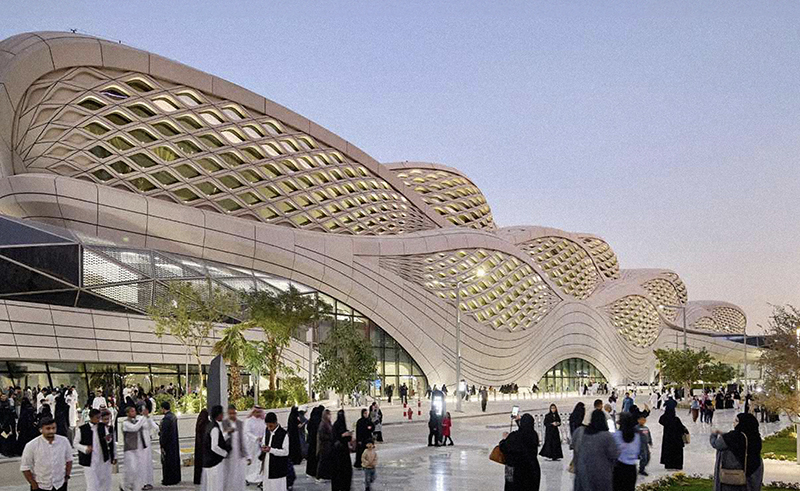
In rapidly expanding Saudi cities, how can housing projects become more than just physical entities, and instead tools for improving lifestyles and quality of life?
Urban plans aren’t formed randomly - they’re shaped by different planning levels. A local plan reflects our understanding of a city’s place within regional and national contexts.
Urban planning must be a central belief moving forward, particularly amid this “developmental revolution.” Successful planning hinges on holistic analysis - grasping national directions, available resources, opportunities, challenges and maintaining flexibility.
Urban reform efforts often focus on fixing the physical environment and urban aesthetics, but neglect the procedural and legislative frameworks that generated these urban patterns.
To make housing projects improve lives, we must reform the real estate system and treat land as a tool for functional development - not speculation.
Neighbourhoods need more high-quality services, green spaces and essential facilities, supported by laws that allocate land for cooperative or developmental housing.
It’s also vital to spatially and functionally integrate housing projects - locating them near attractive areas and job centres. In other words, we must fix the planning system before we focus on the current urban environment.
How do you view spatial justice today - especially the distribution of projects and services between major cities like Riyadh and smaller, less attractive regions?
In past decades, spatial distribution was shaped by market forces and land demand, due to population concentration in major cities.
Regional plans weren’t aligned with local urban plans, leading to demographic imbalances. For example, over 80% of the Riyadh region’s population resides in Riyadh city alone - similar patterns occur in cities like Makkah and Khobar.
We urgently need regional policies rooted in sustainability, which distribute jobs and economic functions in line with regional resources. That would help us reach balanced regional development and avoid spatial distortions that create urban crises.
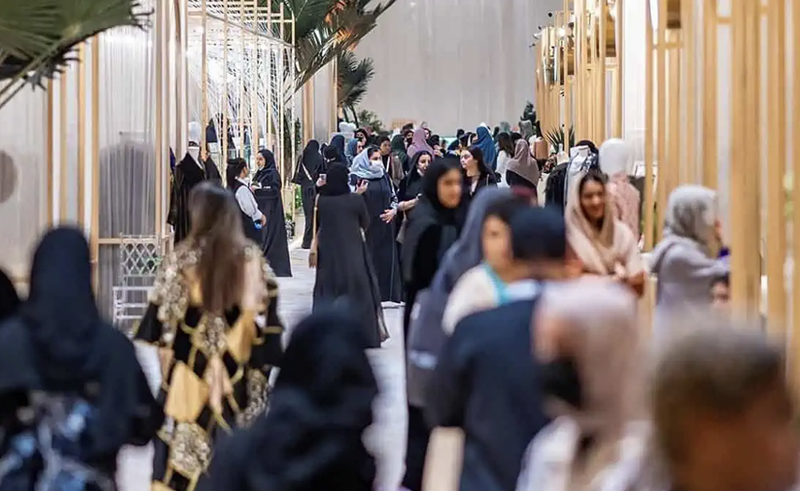
Do current real estate regulations in Saudi Arabia sufficiently control the “free” housing market to ensure public benefit - not just fast profits?
A “free market” doesn’t mean an unregulated one. Rules and laws can help align market forces with public interest, so investors don’t profit at the expense of low- or middle-income populations.
Market balance means finding solutions that benefit all parties.
Recent regulations are promising - they focus on public interest and have introduced new housing stock that helped stabilise prices.
They also support newlyweds by offering land within their economic means, thus creating a subsidised housing market that eases pressure on demand and resets price equilibrium.
Rental market regulations now ensure fair relations between landlords and tenants.
Still, housing policy must be regionally integrated - housing should support development plans across regional and local scales.
This includes setting metrics linked to average income and housing prices in each city, so that subsidies match real housing market dynamics.
What’s your view on current housing programs like Sakani, particularly in linking housing with social mobility - not just ownership? Are we achieving real sustainable development?
The Sakani program targets middle-income groups with access to mortgage financing. It raised homeownership to around 63%, which is commendable.
However, rising unit prices and lack of affordable housing have left many families either priced out or burdened with long-term mortgage debt.
These efforts focus on increasing ownership, but without a broader urban renewal program - no plans to revitalise city centres, repair deteriorating housing, or rebalance the market.
There are no strong alternatives like cooperative housing or a robust role for developmental housing aimed at those in greatest need.
Saudi Arabia’s housing market needs legal reform to support cooperative and developmental housing within residential neighbourhoods.
These reforms could increase available land, support cooperative communities, and transform cooperatives into semi-commercial entities that can compete.
We also need legal frameworks for collective ownership and incentives for affordable cooperative housing initiatives.
Sustainability metrics and housing quality must be embedded in the governance of cooperative housing.
How can mega-projects like NEOM or The Line avoid repeating the mistakes of “dystopian cities” you’ve criticised?
NEOM and The Line are future-facing projects focused from the outset on sustainability and balancing social, economic, and environmental priorities.
Their key advantage is strategic location - they could encourage reverse migration and help redistribute the population regionally.
Both cities are tied to promising economic bases and job markets.
To avoid repeating past mistakes, the urban planning approach must evolve.
NEOM and The Line are unique, operating outside the traditional development mould.
To ensure long-term sustainability, we must upgrade the planning process, legal framework, and procedural foundations according to sustainable principles.
Do you see a risk that these new cities become elite enclaves that don’t reflect Saudi Arabia’s social and cultural diversity?
On the contrary, having exemplary or elite models can motivate other cities.
For example, Jubail is often cited as a model of infrastructure and service integration.
I believe developing new cities is vital for spreading urban development and using regional planning to address local issues - such as housing, transportation, and land use.
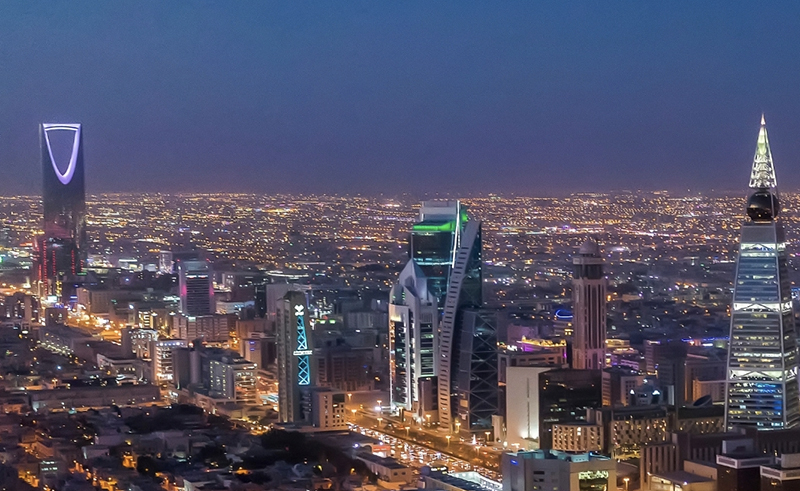
What tools do you suggest to ensure real community participation in cities built from scratch, like The Line or Qiddiya?
Involving communities in planning helps strengthen urban strategies through informed feedback on policies that shape the environments people live in.
It empowers residents, aligns with their needs, and reduces ambiguity about proposed urban outcomes.
Without public participation, cities risk producing disconnected, improvised designs that don’t reflect people’s social, economic, or financial realities.
To foster true participation, urban plans must embed community decision-making not as a formality, but as genuine partnership.
That includes measuring satisfaction with project outcomes, accepting public feedback, and hosting listening sessions - from small neighbourhood projects to strategic city plans.
Amid rapid urban modernisation, how do we preserve local “place culture”? What’s urban design’s role in this?
Saudi cities have been shaped by waves of construction that lacked a cultural framework linking urban form to society.
We cannot design cities without understanding the culture, needs, and economies of the people.
Although we have heritage preservation programs, they’re often isolated from urban context - more like tourist attractions than integrated city spaces.
The challenge is how to modernise while preserving culture.
Preservation efforts should stem from a comprehensive strategy reflecting national, cultural, and economic values.
Cultural assets can create jobs and enhance urban identity - raising economic prospects and deepening emotional connections to place.
This isn’t just about conserving physical heritage - it’s about embedding identity, repurposing historic spaces, and highlighting intangible elements like local stories, events, and folklore.
How do you assess actual community involvement in neighbourhood development - whether in historic preservation like Jeddah or new housing projects?
I haven’t reviewed the procedural details of the Jeddah restoration project.
But generally, community participation must be supported at all project stages - from planning to execution to evaluation - so residents can give meaningful feedback.
What does the ideal Saudi city look like to you? What elements should be non-negotiable in any urban design today?
First, we must distinguish between urban design and urban planning.
Saudi cities urgently need to embrace urban planning as a strategic approach amid unprecedented growth.
Urban design alone cannot succeed without clear planning.
We must move beyond the physical layer and understand how planning affects jobs, public health, housing, transportation, and social justice.
Planning can empower cities to become economic engines if done right.
The starting point is embedding sustainability principles and following a multi-tiered planning model - from national to regional to local levels.
Cities should function as integrated systems - not isolated units - to achieve regional balance and urban synergy based on available resources.
We need to identify and optimise assets like environmental, extractive, and tourism resources to generate returns for our cities.
Trending This Week
-
Dec 27, 2025


